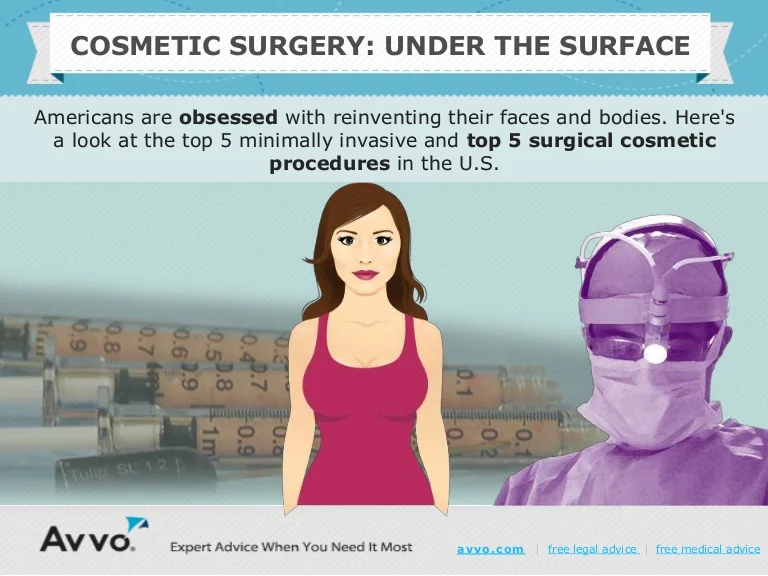Best Diet For Acne Prone Skin
Best Diet For Acne Prone Skin
Blog Article
Causes of Acne on Cheeks
Acne breakouts in the cheek location are activated by numerous things, from touching your face regularly to not altering your pillowcase usually sufficient. Picking at blemishes raises your danger of infection and scarring, and certain medicines can intensify dark spots (postinflammatory hyperpigmentation).
Luckily, there are several means to stop and deal with cheek acne. These consist of:
1. Hormone Adjustments
Acne is greatly brought on by hormonal agents, specifically those generated throughout the age of puberty and maternity. For some, a family history of acne might likewise add to their condition. Anything that blocks pores, such as oil-based skin care products or waxy hair products, can trigger acne. Various topical therapies, like benzoyl peroxide and salicylic acid, can deal with microorganisms and unclog pores. Those with extreme or persistent acne must seek treatment from their doctor.
Avoid touching or squeezing your acne, as this can press several of the microorganisms deeper right into the skin, resulting in a much more severe breakout. It is additionally vital to transform pillow cases on a regular basis and utilize clean makeup brushes. You should additionally attempt to prevent irritants such as friction from putting on a headgear or limited collar.
2. Diet plan
The greasy, sweet foods that many individuals believe trigger acne may actually refrain so. Actually, research studies have shown that consuming a diet plan rich in whole, nutrient-dense foods aids to stop breakouts.
Foods high in the glycemic index (such as white bread, corn flakes, puffed rice and potatoes, doughnuts and various other breads) increase blood sugar degrees swiftly, and this can enhance hormones that enhance oil manufacturing and cause acne.
Drinking cow's milk has actually likewise been linked to increased acne outbreaks. If you are a routine cow's milk drinker, you could intend to try switching to low-fat or nondairy choices that are fortified with calcium. In addition, consuming alcohol even more water can help to reduce acne due to the fact that it assists to keep the skin hydrated.
3. Excess Oil
While oil is necessary for healthy skin, it can become a trouble when excessive sebum combines with dead skin cells and obstructs pores. This combination can create blackheads, whiteheads and acnes. The blocked pore wall can break down and spill germs, dead skin cells and sebum into bordering skin. This leads to a red bump known as an acne. In some cases these red bumps have pus in the center from a microbial infection. Larger contaminated bumps that appear like acne are called cysts.
There are numerous points that can trigger excess sebum and blocked pores, consisting of hormonal agent fluctuations, diet regimen and everyday habits. Some instances include touching the face frequently, relaxing your hand on your cheek, using unclean makeup brushes and not transforming pillowcases regularly.
4. Anxiety
If you're handling throbbing acnes or a slew of blackheads and whiteheads, it might be time to speak botox with a skin doctor. They can advise an effective therapy that fits your skin type. Exercising relaxation and stress-reduction strategies also aids.
Acne can happen in the cheeks as a result of friction and pressure, such as when an individual touches their face often or puts on a hat or sports helmet that massages against the skin. It can also show up where oily cosmetics and lotions massage versus the skin.
Avoid pressing acne, as this can push contaminated material deeper right into the skin and lead to scarring. Rather, see a doctor to learn more about preventative treatments like medicine, skin care products and way of living modifications. Eating a healthy and balanced diet of whole foods, getting seven to 9 hours of sleep and making use of noncomedogenic makeup and skin care products can all help in reducing acne breakouts.
5. Hair Products
Hair items are not typically considered a cause of breakouts, yet they can contribute to acne on the cheeks in some people. Pomade acne, which is identified by little shut comedones and papulopustules, is typically triggered by the use of oily hair items that contain comedogenic active ingredients such as certain oils and acetylated lanolin.
Selecting hair items that don't consist of these potentially comedogenic components is an important action towards reducing outbreaks. Also, making certain that hair products aren't can be found in contact with the skin can assist stop breakouts. For instance, putting on a scarf or hood at night can limit hair-to-face contact and decrease the chance that leave-in hair products will abrade onto the face.
Along with utilizing a non-comedogenic cream and cleaning with an acne face wash, other handy strategies include: